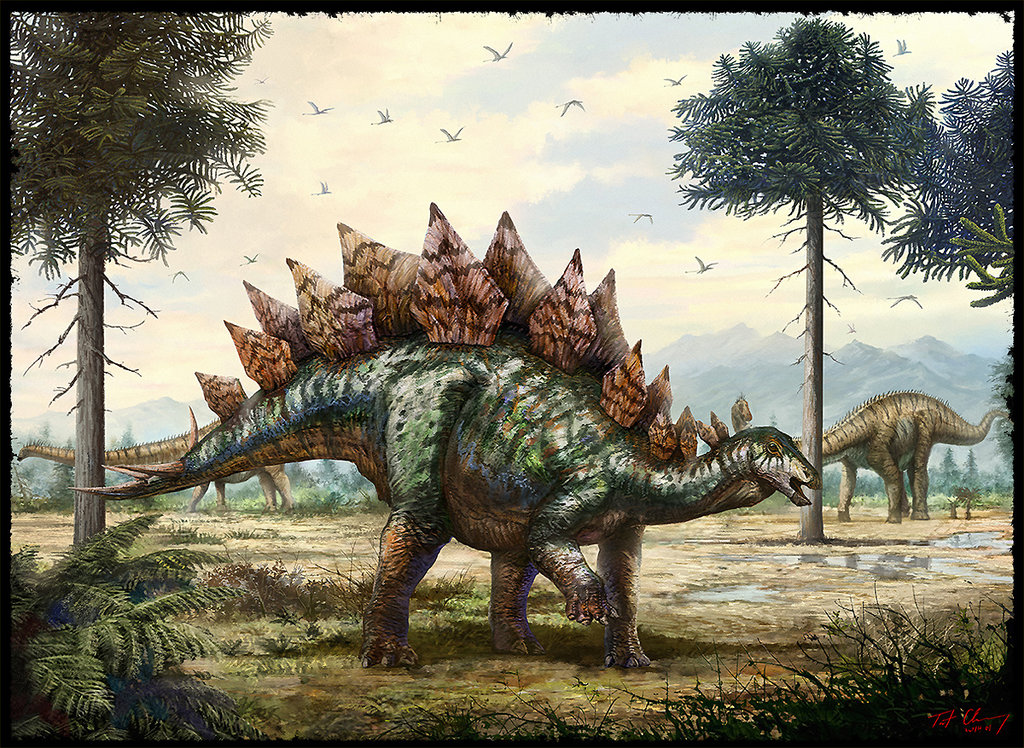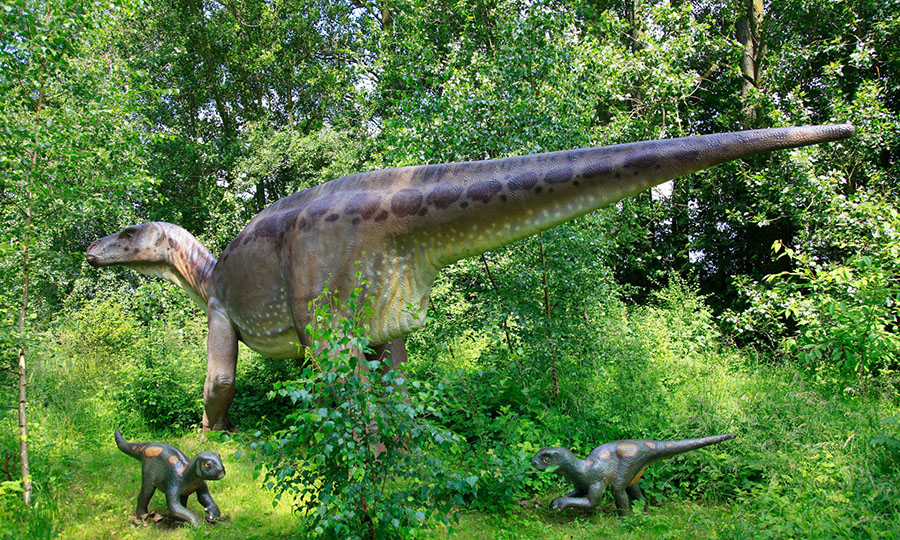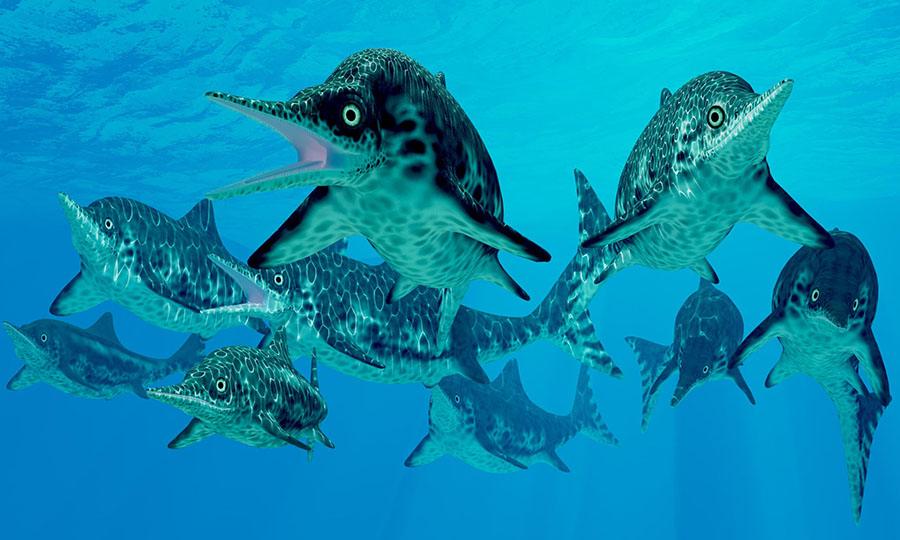The 5: Dinosaurs that Once Roamed the British Isles

Last week scientists discovered the first Stegosaurus footprints in Scotland. Which other prehistoric reptiles lived on these shores?
Stegosaurus

Last week, palaeontologists from the University of Edinburgh announced they have discovered grapefruit-sized footprints on the Isle of Skye that are believed to have been left by a Stegosaurus. The depressions were found in rocks that were formed from mudflats around 170m years old during the Middle Jurassic, the period when the stegosaurs group of dinosaurs were beginning to evolve and spread out.
Iguanodon

Iguanodons were herbivorous dinosaurs that lived in the Early Cretaceous period. Weighing four-and-a-half tons and growing to 10 metres long, it was one of the first dinosaurs to be named. One of the most common dinosaurs found on the Isle of Wight, an Iguanodon tail was discovered as recently as January.
Baryonyx

A relative of Spinosaurus, the star of Jurassic Park III, Baryonyx also lived in the Early Cretaceous and prayed on Iguanodon. It hunted fish, too, wading into shallow water and using its 31cm-long claw to hook them, similar to a bear, according to scientists at the Natural History Museum. First discovered in 1983 in a Surrey clay pit, it had a crocodilian-like snout.
Ichthyosaur

This aquatic reptile, which first swam in the seas around the British Isles from the Late Triassic, is not technically a dinosaur (its name means “fish lizard”). The discovery of an Ichthyosaur jaw bone in Somerset in 2016 led scientists at Manchester University and New York’s SUNY to declare it one of the largest animals ever, while a fossilised Ichthyosaur was found on a Somerset beach by dogs just before Christmas.
Thecodontosaurus

This sauropod lived in the Late Triassic and was one of the first plant-eating dinosaurs, according to Professor Mike Benton of Bristol university. The species, whose name means “socket-toothed lizard”, enjoyed a climate closer to that of Florida than today’s south-west England, and was discovered by quarry workers in Bristol who found bones embedded in limestone.
Source: www.theguardian.com/








